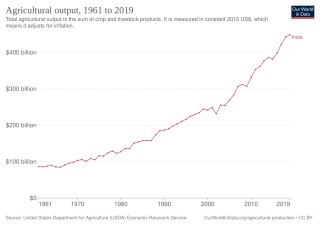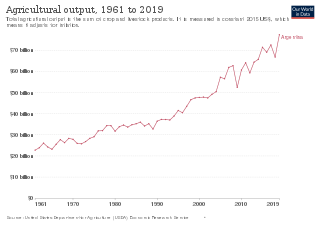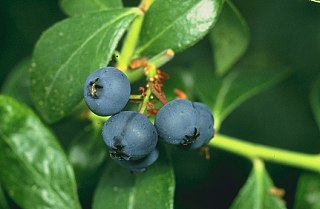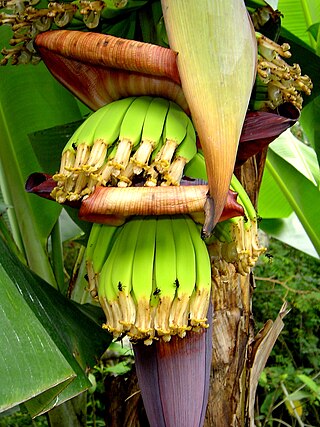| Year | Production |
|---|
| 1961 | 199,837,692 | | 1962 | 216,844,165 | | 1963 | 213,981,496 | | 1964 | 224,684,963 | | 1965 | 229,599,213 | | 1966 | 235,587,199 | | 1967 | 247,171,159 | | 1968 | 253,752,302 | | 1969 | 258,907,559 | | 1970 | 266,240,229 | |
| | Year | Production |
|---|
| 1971 | 271,334,366 | | 1972 | 267,374,991 | | 1973 | 290,182,933 | | 1974 | 290,964,737 | | 1975 | 297,803,608 | | 1976 | 305,283,190 | | 1977 | 300,015,719 | | 1978 | 311,405,723 | | 1979 | 332,436,614 | | 1980 | 338,769,388 | |
| | Year | Production |
|---|
| 1981 | 334,711,419 | | 1982 | 358,793,341 | | 1983 | 357,696,957 | | 1984 | 358,649,274 | | 1985 | 367,907,480 | | 1986 | 387,668,790 | | 1987 | 392,860,382 | | 1988 | 393,707,626 | | 1989 | 401,763,150 | | 1990 | 401,594,032 | |
| | Year | Production |
|---|
| 1991 | 401,609,695 | | 1992 | 432,454,938 | | 1993 | 443,137,612 | | 1994 | 449,111,803 | | 1995 | 466,876,272 | | 1996 | 492,023,497 | | 1997 | 519,316,923 | | 1998 | 519,577,253 | | 1999 | 555,119,417 | | 2000 | 571,913,099 | |
| | Year | Production |
|---|
| 2001 | 582,653,919 | | 2002 | 600,740,188 | | 2003 | 613,631,398 | | 2004 | 637,042,916 | | 2005 | 652,244,756 | | 2006 | 676,908,628 | | 2007 | 684,796,464 | | 2008 | 702,113,436 | | 2009 | 720,500,199 | | 2010 | 735,617,934 | |
| | Year | Production |
|---|
| 2011 | 760,599,594 | | 2012 | 773,991,079 | | 2013 | 805,545,390 | | 2014 | 822,274,150 | | 2015 | 835,388,478 | | 2016 | 836,104,407 | | 2017 | 842,790,723 | | 2018 | 865,875,139 | | 2019 | 882,160,185 | | 2020 | 887,027,376 | |
|













